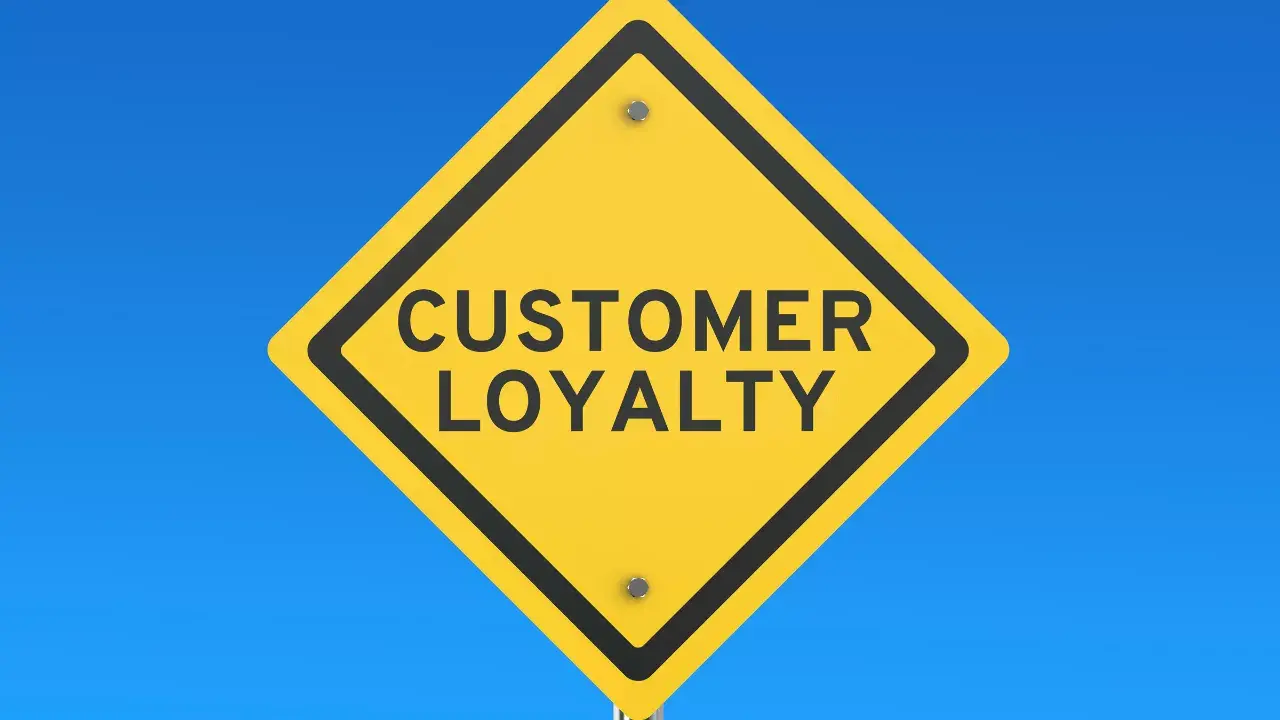What is SMarketing and why should you spend energy on yet another concept and strategy? In a series of blog posts, we will delve into just that. We'll start from the beginning with the concept itself and why the need for SMarketing exists in the first place.
What is SMarketing?
SMarketing (sales + marketing) is a term used to describe the process of bringing the sales and marketing functions of a company to work more closely together. And in some cases, to fully integrate it into a common and unified process.
The aim is to establish direct, consistent and frequent communication with the company's customers.
Why SMarketing?
Unfortunately, it is common for Sales and Marketing departments in a company not to work together in the best interests of the customer. This is often due to separate objectives within the organization. Within the marketing and sales departments, it is now quite common to use the term "Pipe or Funnel". This is to define and illustrate where the customer is in their buying journey. However, it is not at all uncommon for marketing and sales to use different terms and definitions in the pipe, for example for "leads".
Marketing
The marketing pipeline is usually based on how "hot" a lead is. For example, it can be described as being in different phases such as awareness, consideration and decision. The marketing department works to create brand awareness, drive relevant traffic to the website and ensure that multiple visits lead to relevant conversions. Once a visitor has provided contact information, the challenge shifts to warming up the lead with marketing communication. This is to generate enough interest to define leads as market qualified leads (MQLs).
The handover
When the marketing department hands over their MQLs to the sales department, marketing's involvement and responsibility for the relationship often ends. Hopefully, sales takes over the responsibility and makes contact with these leads, book meetings and close deals. Marketing sits on their side of the barrel hoping that MQLs will lead to business, so the marketing department can measure how many of the leads they generated led to business.
Sales
Meanwhile, on the other side, the sales department sits with its own pipe built on prospecting, telemarketing and social selling. Where they think that their own leads have better quality than the market-qualified leads. They therefore do not prioritize making contact with these leads. It doesn't really matter which department has discovered the need and contact details of a potential customer; whether the lead has come from the web or whether a salesperson has met the potential customer at an event. As a potential customer on the other side of the relationship, you may not care which department your data happens to be in at the moment. As a potential customer, you want a unified relationship. Where the company or brand shows that they are committed and care and at least know who they are.
A lead is really an individual, who will perceive the brand based on how good the service and how consistent the communication has been regardless of the channel and the internal department they have been in contact with.
Changing buying processes have changed today's customer behavior from seekers to experts. Customers are better informed and have higher expectations of relevance and service than ever before. The boundaries between industries are blurring, to the point where customers judge all companies and brands they interact with based on their experiences from other situations. This is not only true for consumer-facing businesses, but is increasingly affecting B2B-facing businesses as well, and as a result, brands that fail to meet customers' demands are at risk of being quickly replaced by others that do so better. If customers have mixed and incoherent brand experiences, suppliers risk being challenged by other brands that offer a better experience.
But... what does it take to become a customer-centric organization and offer a seamless customer experience?
SMarketing is an incredibly exciting topic. With that said, you can read SMarketing Part 2 here.






